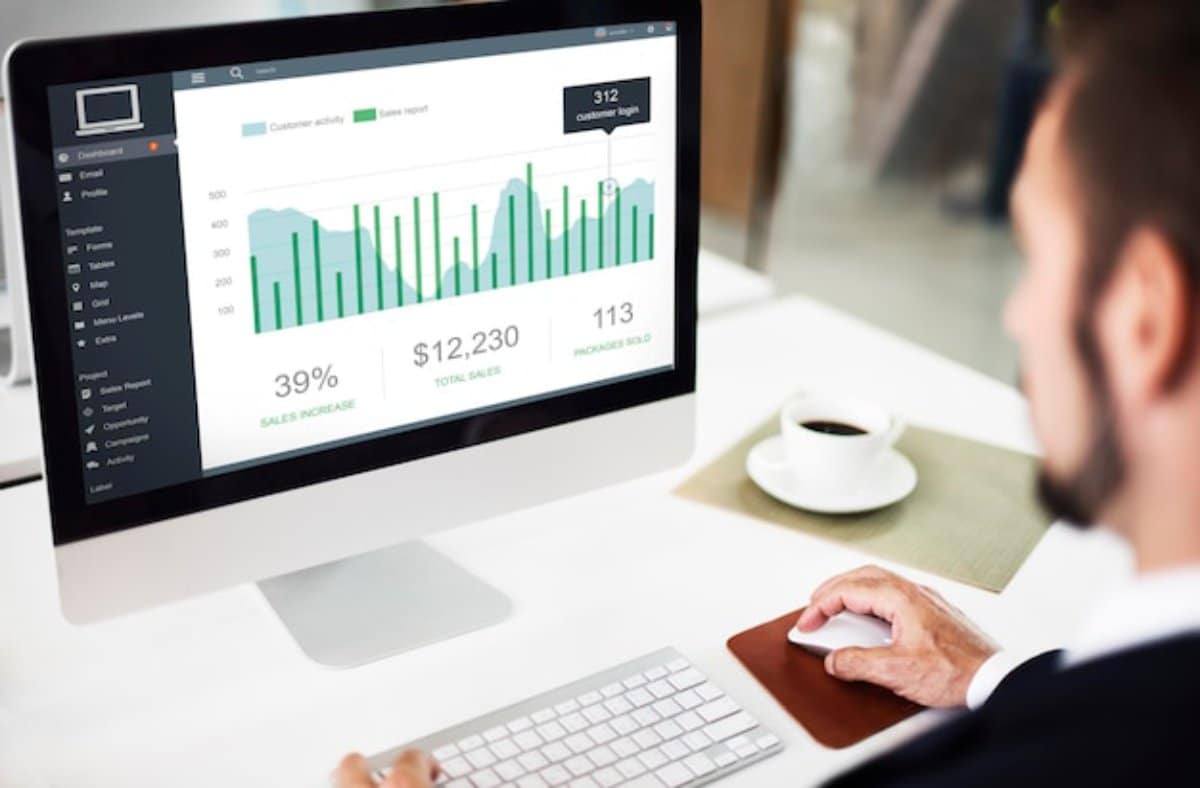
Reducing Payment Friction to Boost Conversions: A Guide to Smooth Transactions and Conversion Rate Optimisation
Why Payment Friction Hurts Conversions
You’re ready to make a purchase—cart loaded, mindset. But as you reach the payment stage, a hiccup occurs: the checkout page takes too long to load, your card declines for no apparent reason, or your preferred payment option isn’t available. Frustrated, you abandon the process altogether.
This is payment friction, and it’s a silent killer of sales. In the world of conversion rate optimisation, even the slightest bump in the road can deter customers from completing their purchase. For businesses, it’s not just about making sales—it’s about offering smooth transactions that foster trust and repeat business.
In this guide, we’ll explore strategies for reducing payment friction, improving conversion rates, and creating seamless payment experiences that leave your customers smiling.
Understanding Payment Friction: The Barriers to Completion
What Is Payment Friction?
Payment friction refers to any obstacle that slows down, complicates, or prevents a customer from completing a transaction.
Common Causes of Payment Friction
- Limited Payment Options: Not offering the customer’s preferred method (cards, wallets, BNPL).
- Complicated Checkout Forms: Requiring too much information or too many steps.
- Slow Payment Processing Times: Long loading times or timeouts during payment authorisation.
- Security Concerns: Customers hesitate when they don’t trust the security of the payment system.
- Technical Errors: Bugs or glitches that cause payment failures.
The Impact of Payment Friction on Conversion Rates
- Fact: According to Baymard Institute, nearly 18% of cart abandonments occur due to a complicated checkout process.
- Scenario: An e-commerce site that reduces checkout time from 3 minutes to 1 minute can see a 25-30% increase in conversions.
Reducing payment friction is at the heart of conversion rate optimisation—removing barriers helps turn browsers into buyers.
Strategies to Reduce Payment Friction and Boost Conversions

1. Offer a Variety of Payment Methods
- Credit/Debit Cards: The standard option globally.
- Digital Wallets: PayPal, Apple Pay, Google Pay.
- Buy Now, Pay Later (BNPL): Klarna, Afterpay, and others.
- Local Payment Methods: Alipay, SEPA Direct Debit.
- Crypto: For tech-savvy audiences, Bitcoin or Ethereum.
Offering diverse options ensures your customers can pay the way they prefer.
2. Streamline Checkout Processes
- Minimise Form Fields: Only request essential information.
- Enable Guest Checkout: Don’t force account creation.
- Autofill and Address Lookup: Speeds up data entry.
- Progress Indicators: Show how many steps are left.
A shorter, more intuitive checkout boosts completion rates.
3. Optimise for Mobile Payments
- Responsive Design: Ensure the payment process works seamlessly on mobile devices.
- Tap-to-Pay Options: Integrate with Apple Pay or Google Pay.
- Larger Buttons and Simple Layouts: Make navigation easy for smaller screens.
With mobile commerce accounting for over 60% of online sales, mobile optimisation is non-negotiable.
4. Ensure Fast Payment Processing
- Optimise Page Load Speed: Keep checkout pages light and fast.
- Reliable Payment Gateways: Partner with gateways known for quick authorisation (e.g., Stripe, Adyen).
- Reduce Redirects: Minimise the need to navigate away from your site.
The faster the transaction, the lower the chance of abandonment.

5. Build Trust Through Security Signals
- SSL Certificates: Encrypt data transmissions.
- Trust Badges: Display security seals and payment provider logos.
- Clear Privacy Policies: Reassure customers that their data is protected.
Trust is key to reducing hesitation during payment.
Real-World Scenario: Reducing Friction to Improve Conversions
An electronics retailer noticed a high drop-off rate at the payment stage. After analysing their checkout process, they added PayPal and Apple Pay, reduced form fields by 40%, and improved mobile responsiveness.
The result? A 28% increase in completed purchases and a 15% rise in mobile conversions.
This case illustrates how reducing payment friction directly impacts conversion rate optimisation.
Best Practices for Ensuring Smooth Transactions
1. Regularly Test Payment Flows
Conduct end-to-end testing across devices, browsers, and payment methods.
- Outcome: Catch errors before they impact customers.
2. Provide Clear Error Messages
If a payment fails, explain why and suggest solutions.
- Tip: Avoid generic error codes; use friendly, helpful language.
3. Pre-Fill Returning Customer Information
Securely save and autofill returning customer data.
- Benefit: Speeds up repeat transactions.
4. Offer Incentives to Complete Purchases
Use exit-intent popups or limited-time offers at checkout.
- Scenario: Offer free shipping or a discount to reduce payment friction.
5. Monitor and Analyse Payment Metrics
Track metrics like payment success rates, abandonment rates, and time-to-complete.
- Strategy: Use data to continuously optimise your payment process.
Comparing Payment Gateways for Smooth Transactions
| Gateway | Speed | Payment Options | Security | Global Reach |
| Stripe | Very High | Wide (cards, wallets, ACH, crypto) | Excellent | Global |
| Adyen | High | Wide (cards, BNPL, wallets) | Excellent | Global |
| PayPal | High | Moderate (wallets, cards) | High | Global |
| Square | High | Moderate (cards, wallets) | High | North America |
| Braintree | High | Wide (cards, wallets, BNPL) | Excellent | Global |
Choosing the right gateway helps reduce payment friction and ensure smooth transactions.
Trends in Reducing Payment Friction for 2025
1. One-Click Payments Across Platforms
Enable saved payment details for faster checkouts.
2. AI-Powered Fraud Detection
Prevent fraud without adding unnecessary steps for legitimate customers.
3. Biometric Verification
Fingerprint or facial recognition is used to authorise smooth transactions.
4. Voice-Activated Payments
Allow payments via voice commands for hands-free experiences.
Keeping up with these trends ensures your payment systems stay efficient and competitive.
Conclusion: Reduce Friction, Boost Conversions
Every second counts in the world of online payments. Reducing payment friction isn’t just about removing hurdles—it’s about creating a smooth transaction experience that delights customers and improves conversion rates.
By offering diverse payment methods, optimising checkout processes, ensuring mobile readiness, and building trust through security, you can significantly enhance the user experience and drive more sales.
Ready to reduce payment friction and boost conversions? Share your insights or questions in the comments below, and subscribe for more tips on improving online payment experiences!


